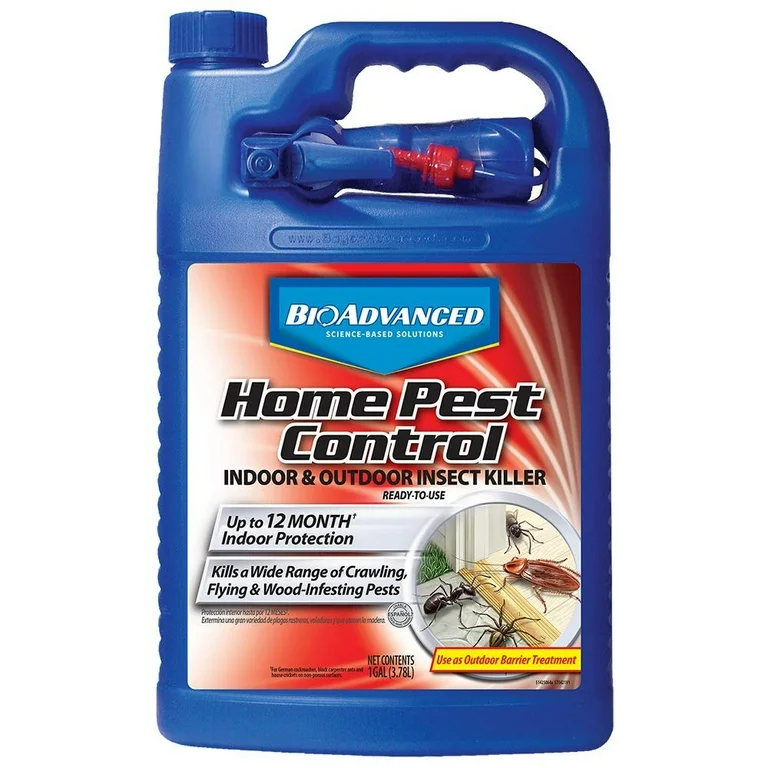Mastering the Art of Pest Control: Proven Methods for Long-Term Prevention and Eradication
Insect infestations can be a persistent difficulty for companies and homeowners alike, needing a critical technique to efficiently handle and get rid of these unwanted burglars. By understanding the art of insect control via tried and tested approaches for long-term prevention and elimination, one can establish a positive defense against potential risks. Understanding the habits of pests, implementing integrated insect monitoring techniques, and using all-natural solutions are simply a few key elements vital to achieving lasting success in this venture. Nevertheless, the complexities of maintaining tidiness, performing normal assessments, and thorough monitoring play just as crucial functions in maintaining a pest-free atmosphere. As the fight against bugs proceeds to develop, embracing a comprehensive technique becomes extremely important in safeguarding your home from possible injury.
Recognizing Bug Habits
To effectively carry out parasite control strategies, it is vital to understand the elaborate actions exhibited by numerous parasites in various atmospheres. Comprehending pest habits is an essential element of establishing effective parasite monitoring plans. Each bug varieties has unique practices and preferences that influence their feeding, motion, and reproduction patterns. By studying these behaviors, insect control experts can recognize one of the most weak spots in the bug's life process to target interventions extra successfully.
As an example, rats like mice and rats are nighttime creatures that prefer dark, private areas close to a food source. a1 commercial pest control portland. Understanding this, pest control experts can concentrate on securing entrance points and getting rid of food attractants to discourage these insects. In contrast, insects such as cockroaches thrive in cozy, moist areas with access to water. By resolving dampness issues and sealing gaps and fractures, invasions can be dramatically lowered.
Implementing Integrated Bug Administration
Applying Integrated Insect Administration entails utilizing a holistic strategy to address insect problems by combining various control techniques and methods. This method emphasizes prevention, tracking, and control of insects with a combination of organic, cultural, physical, and chemical interventions. By integrating numerous techniques, Integrated Parasite Management (IPM) aims to minimize using pesticides while successfully taking care of pest populaces.
Prevention is additionally an essential concept of IPM, concentrating on getting rid of elements that attract bugs, such as water, food, and shelter. Normal tracking and examination are crucial to identify insect invasions early and stop them from rising.
Additionally, IPM promotes making use of lasting and environmentally friendly bug control methods to decrease damage to non-target microorganisms and the surrounding ecological community - a1 portland bed bug exterminator. By embracing an Integrated Insect Management strategy, people and companies can properly handle parasites while lowering reliance on chemical pesticides
Making Use Of Natural Treatments
Structure upon the foundation of Integrated Bug Administration, a shift towards using natural solutions provides a green method to pest control. All-natural solutions harness the power of nature to hinder and eliminate insects without the usage of harsh chemicals that can harm the environment, humans, and helpful organisms.

Additionally, planting pest-repelling plants like marigolds, lavender, and mint a1 bed bugs exterminator portland around homes and yards can help deter pests normally. These plants produce odors that insects discover unpleasant, driving them away without the need for chemical intervention.
Keeping Tidiness and Health

Regularly checking and cleansing hard-to-reach areas such as behind devices, under sinks, and in storage wardrobes is necessary for recognizing and eliminating possible bug habitats. Mess must be reduced as insects frequently seek sanctuary in stacks of items or particles. Implementing a regular cleansing schedule and ensuring all members of the home or employees are enlightened on correct health techniques can go a lengthy method in pest prevention. By keeping tidiness and hygiene standards, the setting comes to be less hospitable to parasites, ultimately supporting lasting insect control initiatives.
Routine Assessments and Monitoring
Regular assessments and checking play a critical function in proactively identifying and attending to prospective pest issues before they rise. By carrying out normal assessments of both the interior and exterior of a home, insect control experts can detect early signs of infestations, insect access factors, and problems conducive to insect activity.
Constant tracking permits for the very early detection of parasite issues, making it possible for speedy treatment to stop prevalent infestations that can be pricey and challenging to eradicate. Furthermore, routine evaluations and checking assistance to conform with governing demands and keep a safe, pest-free environment for residents. Implementing a positive technique through routine inspections and monitoring is a foundation of reliable insect monitoring, giving peace of mind and long-lasting protection versus insect hazards.
Verdict
To conclude, understanding the art of parasite control involves understanding parasite behavior, executing incorporated pest monitoring, using all-natural remedies, maintaining tidiness and hygiene, and performing normal evaluations and surveillance. By complying with these proven techniques for long-term prevention and elimination, people can effectively take care of insect problems and produce a much healthier and more secure environment on their own and their surroundings.
To efficiently execute bug control techniques, it is crucial to understand the complex actions exhibited by various pests in different atmospheres (a1 pest control portland bed bugs). By researching these habits, pest control professionals can determine the most susceptible factors in the bug's life cycle to target interventions much more efficiently
Applying Integrated Parasite Management includes using an alternative approach to address pest concerns by integrating numerous control strategies and approaches. By maintaining sanitation and hygiene requirements, the environment becomes much less congenial to insects, inevitably sustaining long-lasting insect control initiatives.
By conducting routine examinations of both the inside and outside of a building, bug control specialists can identify early indicators of problems, pest access points, and problems favorable to pest task.